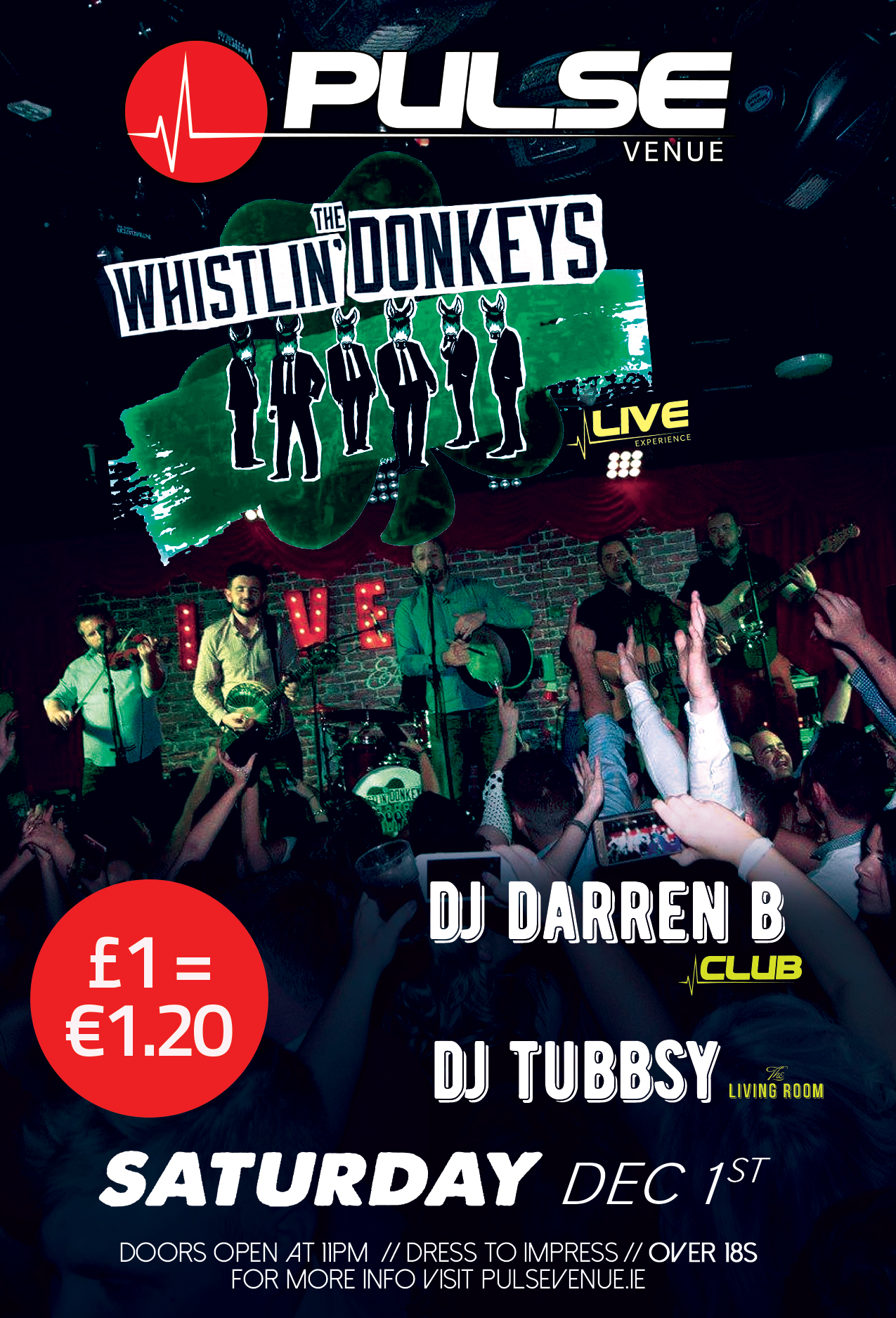RISK OF BLACK ICE TONIGHT AND TUESDAY MORNING WITH WINTRY SHOWERS OVER HIGHER GROUND
Overnight temperatures will drop below freezing over much of Ireland with the risk of black ice forming on roads and footpaths. motorists are urge to travel with caution on road overnight and Tuesday morning due to showers over this evening leading to some wet roads in parts of Ireland.
Temperatures by dawn on Tuesday morning will dip to as low as -3C with highs of only 2C. There will be further showers across Western Ulster and North and northwest Connacht over night which will see fresh accumulations of rainfall on roads. Road temperatures across Ireland are already below freezing tonight with lows of -1C already recorded. Air temperatures are also as low as -1C and will drop further over the coming hours.
A few wintry showers of sleet and snow may also fall over higher ground and a mountainous areas overnight and tomorrow morning across the west and northwest of Ireland where the highest risk of showers will be.
With air temperatures due to drop below 0C by dawn Tuesday morning that mean road and ground temperatures will drop even low leading to the risk of Black Ice
Below you can learn more about black Ice.
Continues below
Among the many threats facing drivers during winter is the most dangerous of them all: Slippery, hard-to-spot and potentially deadly black ice.
The biggest danger with black ice is that you are at the mercy of your vehicle and the ice until your car passes over it.
Black ice forms most often when it's raining and air is at or below 0Cat the surface.
The low ground temperature causes the precipitation to freeze upon impact, thus creating ice.
Sleet and the refreezing of runoff from melting snow can also generate black ice.
Black ice gets its name from its ability to blend in with its surroundings.
It's called black ice because it tends to look like the rest of the pavement on the road, but it's actually clear.
The thin nature and complexion of black ice makes it extremely difficult to spot, but using a car thermometer as an initial gauge may be helpful in determining the road conditions.
A car thermometer, like any digital thermometer, tries to find the air's ambient temperature. So, if a vehicle's thermometer is close to freezing, the driver should take extra precaution behind the wheel.
While the sensors are usually very accurate, their placement on a vehicle can make them less reliable.
Located outside the car behind the front bumper, these sensors sometimes pick up heat from the car's engine, resulting in a higher temperature reading.
This false higher temperature reading can occur if moving along in city traffic, or if a car was idling or recently used and parked.
In addition, these thermometers can also read lower if rainwater hits the sensors and evaporates while the car is at a higher speed.
Although car thermometers give relatively accurate readings, they can be incorrect for various reasons, so they should not be used as the absolute authority.
Due to the restrictions of a car's thermometer, the best way to know if roads are icy before heading out the door is to be aware of when, where and how black ice forms.
The prime time for the development of this ice is between sunset and sunrise, when temperatures are typically the lowest.
During the day, the best thing to do before getting in a vehicle is to take a look at the pavement.
If the pavement is dry but you are seeing spots of pavement that look dark and glossy, that is probably going to be black ice,.
Before getting on the roads at night, drivers should be informed of the area's weather conditions, as black ice is hardest to see in the dark.
The most common locations for black ice are shaded or tree-covered parts of driveways and roadways due to the lack of sunlight. Because of their ability to freeze quickly, bridges and overpasses are also prime locations.
While driving on black ice is similar in some regards to driving on snow, the biggest difference between the two is the amount of traction the vehicle retains.
With snow, there is still some traction; whereas on ice, there is no traction, and that's where it becomes very dangerous.
Due to a vehicle's lack of traction on ice, the basic rule for driving on black ice is to stay calm and let the vehicle pass over it.
Salting and sanding can neutralize black ice but even when a road has been treated never risk thinking the road is fully clear of ice.
However, salt is less effective when temperatures are about -10C or lower.
YELLOW WEATHER WARNING IN PLACE FOR RAINFALL TUESDAY 4TH DECEMBER 2018
KENNETH MC DONAGH FROM THE DONEGAL WEATHER CHANNEL
Make sure to give this article a like on Facebook
2019 CALENDAR NOW ON SALE







































